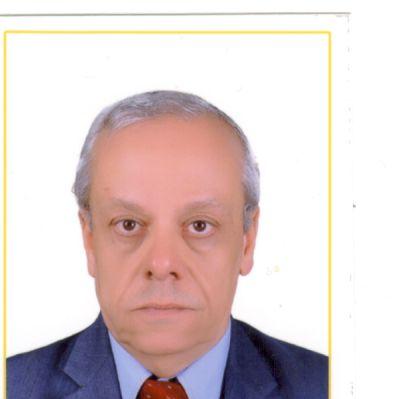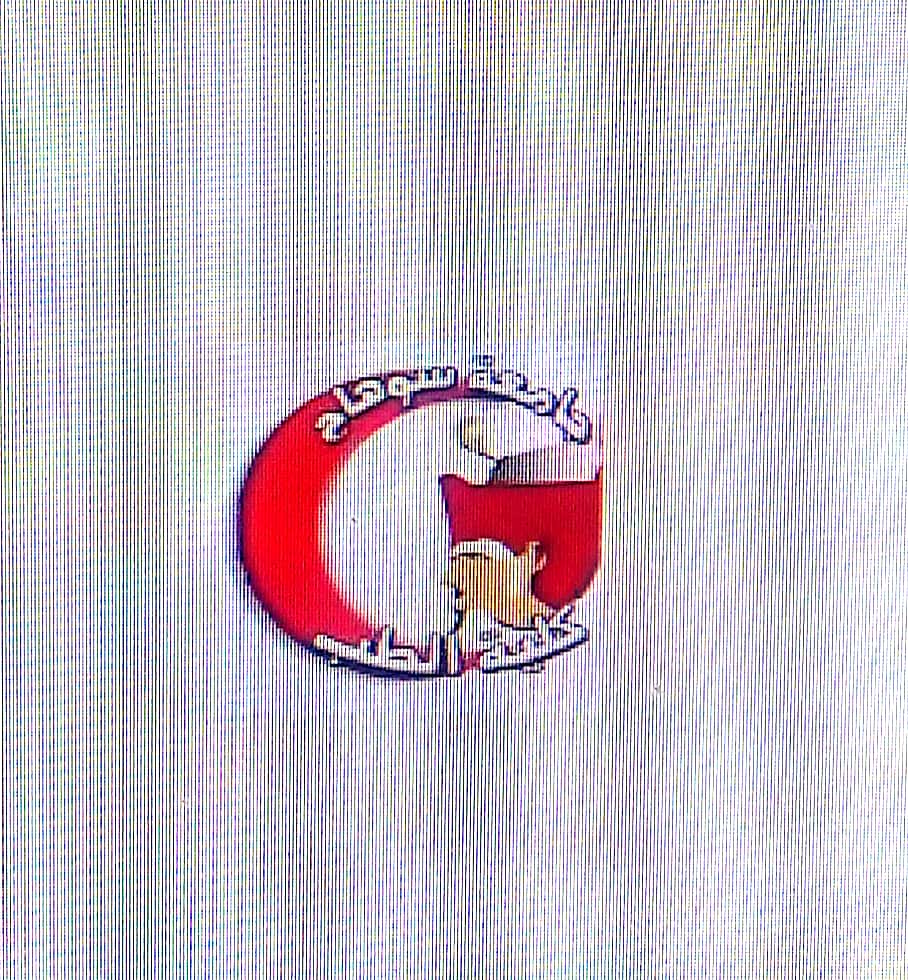Abstract:
Alopecia areata is a common cause of nonscarring alopecia, with patchy, confluent, or diffuse patterns, involving mainly the scalp and other hairy areas of the body. It's considered a therapeutic challenge due to prognosis, unpredictable course, and variable efficacy of available therapies. Several studies have evaluated the efficacy of cryotherapy in the treatment of alopecia areata with varying success rates.
Superficial cryotherapy using liquid nitrogen mainly was used in several studies for treating alopecia areata with various subtypes including mild, moderate, and recalcitrant alopecia areata, and alopecia totalis with variable rates of therapeutically accepted terminal hair regrowth. Its main mechanisms of efficacy in alopecia areata are vascular changes and immunomodulation.
Superficial cryotherapy was effective and safe in treating alopecia areata of the eyebrows. It was nearly as effective as topical steroids and topical PUVA therapy and was combined with topical immunotherapy and topical steroid with increased efficacy. It's a well-tolerated, convenient, and simple office-based procedure, especially in children who are susceptible to side effects of other conventional therapeutic options.
The reported side effects of superficial cryotherapy included vesiculation, erosion, crust formation, transient pigmentary alteration, and partial leukonychia, however, they were transient.


